Interview – Mahtab Hussain
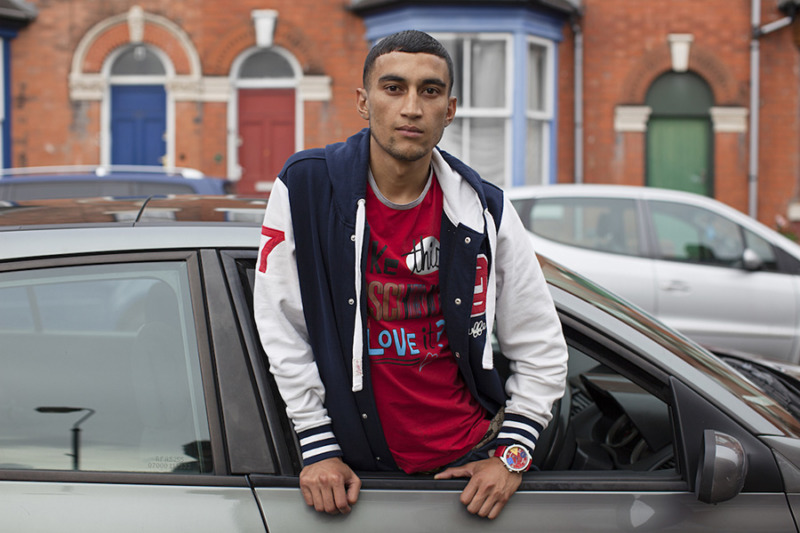
Nine years in the making, Mahtab Hussain‘s latest exhibition You Get Me? is both a testimony to the amount of time required to create a body of work of this breadth but also to his own artistic commitment to a line of enquiry. What began as series of chance encounters on the streets of his hometown of Birmingham in 2008 evolved into a journey across the UK on a mission to create a fuller picture of what it means to be a British muslim working class man today.
Hussain sees his work as firmly rooted in a tradition of British portraiture, citing his time working at the National Portrait Gallery and his MA at Goldsmiths in Art History where he specialised in Post Colonial studies as equally influential in shaping his understanding of transformative possibilities in art, but also enabling him to experience first hand the lack of work reflecting the British – Asian experience. Seen together, they explain his drive to pursue projects which create a place for his subjects in visual history, to fill a gap where representation is either missing or a product of mis-information.
With his subjects now immortalised in an upcoming book published by Mack alongside the exhibition this May at Autograph ABP, his term long term engagement with the community and empathy with his sitters has clearly paid off, ‘I don’t think work can be made any other way, it is about getting to know one another, sharing stories’ he tells me. Ahead of the show, we spoke to Hussain about the enduring power of fine art portraiture, masculinity in the 21st Century and the complex relationship between identity, heritage and displacement, themes which his work navigates.
The release for the exhibition describes the portraits as exploring the identity of young ‘Working class’ – rather than just ‘Asian’ men. Can you talk a little about the idea of ‘class’, ‘working class’ and why it’s an important factor in the work?
I believe class plays a critical role in understanding the work. In general, the working class communities of Britain have had to go through real change, essentially from the 80’s onwards which itself was an incredibly destructive time for British society as a whole. Margaret Thatcher and her government purposely broke down community and fostered the idea that there is no such thing as society, livelihoods were destroyed and the unions were dismantled. We were told we should embrace the individual in Britain and the self made man and woman, which was in direct conflict with the working class concept of community, sisterhood, brotherhood and family. From a migrant perspective, this notion of individualism crushed one of the defining pillars of their culture too, one that advocated for a strong, supportive, collective society, so this era jarred with them considerably as they eventually experienced the same loss of community and society, alongside harbouring feelings of alienation.
Style and dress are places we see people negotiate their heritage and sense of identity, and you often draw attention to these details in titles. Can you talk more about the role of style for the young men you’ve photographed?
The young men are very conscious of their image and sense of literally wearing their identities. Some build their muscles by shaping and transforming their bodies in the gym through strenuous exercise and controlled nutrition, while others carefully select the right clothing and go so far as to pluck their eye brows while growing their beards. This grooming is a performance, an outward display of masculinity at a time when men, like women, are under pressure to look and act in a certain way. It is also about associating themselves with their icons, the people who sing about freedom, equality and fighting the system. What one wears is a political act, by which I suppose we are all ultimately judged to some extent. However, what is clearly apparent is that these men wear branded clothing, clothing that they will never truly ‘own’, figuratively speaking. I say that, because these men have never seen themselves reflected or represented with the brands that they hold so dear in lives; they never appear in the fashion spreads, nor on the billboards, nor in any of the advertising campaigns, it’s why my work has a fashion element to it, since it is commenting on their invisibility in mainstream culture.
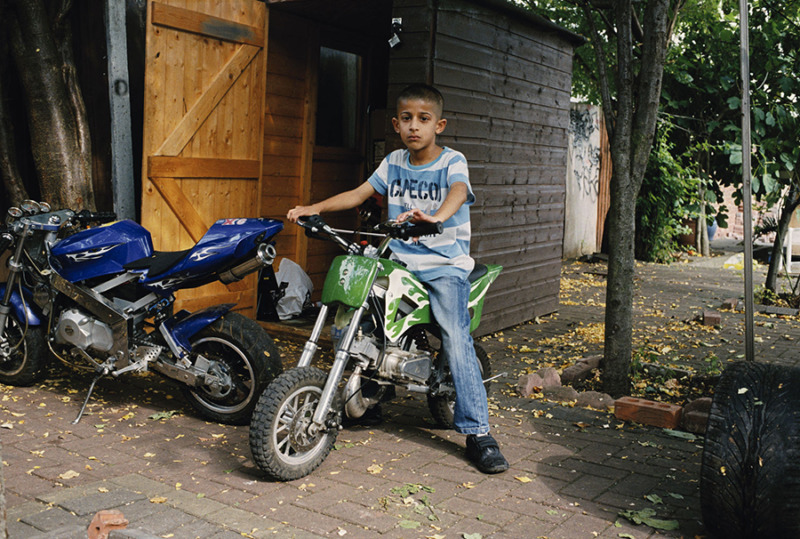
There is a sense of you being part of the community you document, do you feel like an insider or an outsider, or perhaps an element both?
I feel a bit of both really. My parents ended up moving to Birmingham when I was 5 and for a time we grew up in an Asian area. My parents divorced when I was 6, forcing not only a family separation, but a separation from the community too, we were essentially ostracised. My father moved to Druids Heath, a very poor white working-class community, and my mother to Handsworth, with a predominately black and Indian demographic. Living with my father in Druids Heath thrust racism directly into my life for the first time. My brother and I were the only British Pakistani boys at the local Catholic school. Our first day was met with violence and racial taunts, and it was the first time the word ‘Paki’ was directed at me. Questions were asked – When would I go home? Why had I come here? Questions that I had never thought about before, about my race, class and culture. We were always looked upon as a problem or at least positioned in a place which reflected difference. It was obvious to me then, that my identity was under threat and for 10 years I hated being brown – this colour that brought unwanted, often violent, attention.
At the weekends we would travel to the places I photographed, to buy halal meat, spices and various groceries. I remember how different these spaces were to me at the time, essentially I was looking at the community as an outsider, being very aware that I was not really part of it. At 17, having moved back to my mother’s house and with her encouragement, I enrolled at a college with fellow Pakistanis and it was there that I began to reconnect with my roots. However, it wasn’t easy, on my first day I was confronted with another form of discrimination, this time I was ridiculed not for my skin colour but for my attitude, personality, culture even. I was told I was too white, I was ‘fish and chips’, a ‘John’, and I spoke too gently, too posh, like a white boy. It staggered me that for the 10 years I had battled with my own identity crisis and continued to do so, my contemporaries were also undergoing the same crisis. I regret now never turning my camera on my friends at college, but it was a subject too close at hand. Furthermore, even at this stage in my life, I was still very much ashamed of being a ‘Paki’ and all the stereotypes that came with that name. It took leaving Birmingham and going to live in London for 9 years before I was able to make this work, initially at weekends, then holidays and then after leaving the National Portrait Gallery, I decided to settle back in Birmingham on a temporary basis to build my work and art practice.
The street as a very public space is precisely where these men ‘perform’ their identity and masculinity. I question what being a man means to these men, why do some feel they have to act so tough and hard, unable to show any vulnerability?
The majority of the work is shot on the street, how important is the street and unplanned interaction in your work? Who is your biggest influence in street photography?
I feel the type of portraits that I make on the street could not be easily replicated in a studio setting. The street as a very public space is precisely where these men ‘perform’ their identity and masculinity. I question what being a man means to these men, why do they feel they have to act so tough and hard, unable to show any vulnerability? The unplanned interaction in my work is important as it’s here that the rawness of these sitters becomes available, the core sense of self. I often asked my sitter to give me their portrait to visually articulate what they want to say to the wider audience. This is a responsibility I project onto them, that empowers and gives them a voice, and a chance to be represented. It’s not the street per se, but what it lends to the sitter to enable them to give me the truest sense of self.
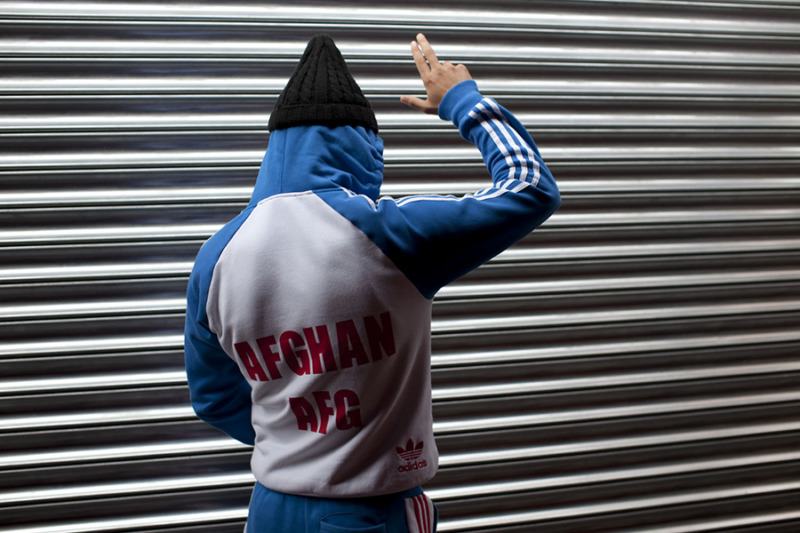
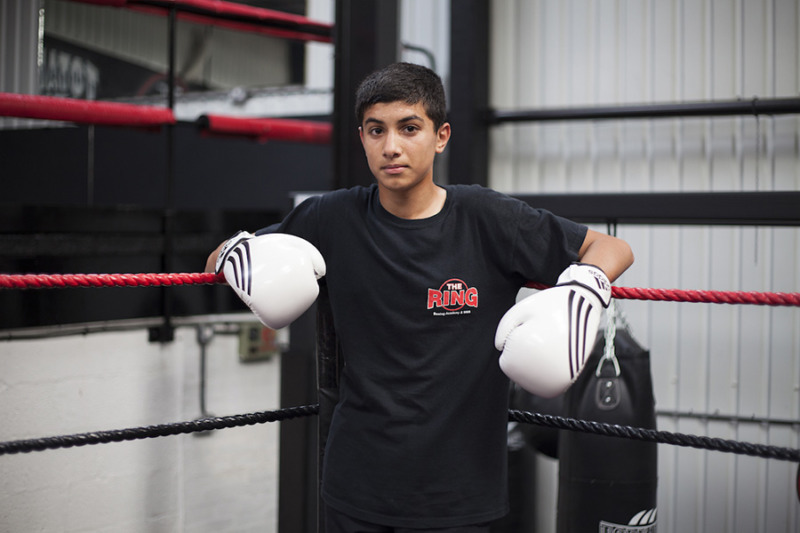
The pictures make us want us to know more about the subjects. Can you share a memory of one of your favourite conversations you’ve had with someone photographed for ‘You Get Me?’
I don’t have a favourite conversation, the subject matter is so often dark and I was moved a lot and once even brought to tears. The hardest thing for me was to listen to each story. Time and time again I heard how difficult their lives were, how misunderstood they were, and how angry they were with the media, the politicians and the press. How they were tired of being continually asked about their identity and proving how British they were, whilst at the same time being told how un-British they are. When I look back now, it was tough journey to make this work and I also had some dark moments, it was hard to deal with sometimes, but what was really interesting was that even though some of these men talked about the struggles, their lives were actually manageable – and crucially, it was never about them as individuals, it was about “we”, it was “us”, they talked about the struggle as a collective, they were carrying the burden of the global Muslim experience.
9/11, happened in 2001, that was 17 years ago. These young men have had to endure a plethora of attacks from the media and government since then. I was lucky to be born at a time when negative Muslim news did not fill our news channels, and I often think about how the youth today cope with the pressures of the media and exist in political environment which they feel is weighted against them. It must be so difficult to be born into a world that actively tells you, you do not belong, that inherently you are a problem and danger to wider society.
However despite all I heard, I didn’t want to make portraits that made you to feel sorry for these young men. I wanted to show that despite the pressures, these men have still found a way to hold themselves up as proud and dignified people, albeit with complex and often conflicting identities.
Certain sitters allow the viewer to gaze upon them, while others challenge what they are looking at. Do you see them as men, are they British men, Asian men or Muslim men? Can you dare to see them as fine art portraits, worthy to hold such a title, or are they documentary?
Looking at your series Muslim Ghetto’s, I wonder what you imagine these streets will look like in 50 years time? Do you think communities in the UK – not just Muslim, are becoming more or less insular?
I think politics of hate, division and indifference has helped create these types of spaces and I have seen the divide on both sides, “white flight” has meant that areas once occupied by “whites” are now wholly “brown/black”, and more specifically Muslim. And talking to some Muslims, the idea of moving into an area predominately white is unthinkable; there is sadly fear on both sides and what has been happening globally for many years, it is not just a Muslim/non-Muslim problem, it’s a race and class problem.
Human beings are one species who cannot help but be tribal, it’s natural to want to be connected to people who are the same as you. But if we are talking about the future, we are clearly living at a very interesting time which will have huge consequences for the future. These ideas of claiming back our countries, our borders, our national identities, our values to me is really trying to fight off the evolution of our societies, like or not, we are slowly moving into a space where artificial, man-made boundaries are being challenged. The voice of the ‘others’ has created the voice of hybridity. The young often speak about the difficulty posed by the duality of their identity, however, I want to show them that they are the future, and are wholly part of a new global culture which embodies a number of fundamentally conflicting identities. This is where we are going and we need to embrace the ride because there is nothing we can do about it.
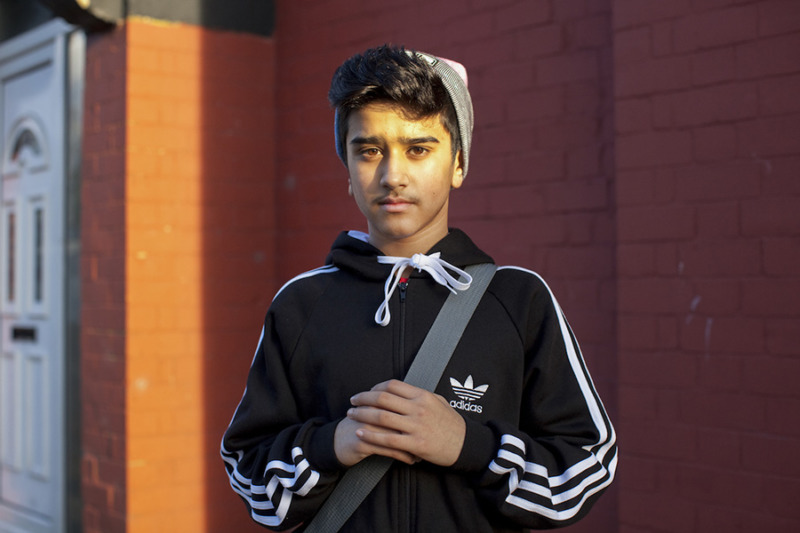
I recently discovered the work of the Asian studio photographer Maganbhai Patel aka Masterji, who had his first show last year at the age of 94. How do you think your work fits into a tradition of community photography?
I don’t see my work fits squarely in any tradition of community photography, in fact, I feel more influenced by British portraiture from the 16th Century onwards. My time at the NPG was hugely important, I would walk around the galleries, often alone before the doors opened, and literally felt these gazes upon me, the power which emanated from the sitters had been carefully orchestrated to articulate a very political message. Conversely, I think community photography has a kind of ghettoised mentality, it’s not really much of anything apart from the obvious and in my case, it’s poor brown people. My work carries the hangover of this tradition but I am trying to move it forward, position it within contemporary culture, centre stage.
How important is it for this work is seen in an art gallery setting?
It is so important to me. Each portrait that you will see is an artwork, a fine art portrait and their descriptive titles help crystallize this vision. These sitters are elevated to a place where they are essentially immortalised in the art historical narrative.
In the exhibition you will see that these men have a strong sense of their masculinity, these men are clearly proud by the way they have groomed themselves, there is a beauty in these portraits. Certain sitters allow the viewer to gaze upon them, while others challenge what they are looking at. Do you see them as men, are they British men, Asian men or Muslim men? Can you dare to see them as fine art portraits, worthy to hold such a title, or are they documentary? These are the types of debates I would like the work to have and art galleries and museums are sophisticated, safe spaces to hold such complex and challenging narratives.
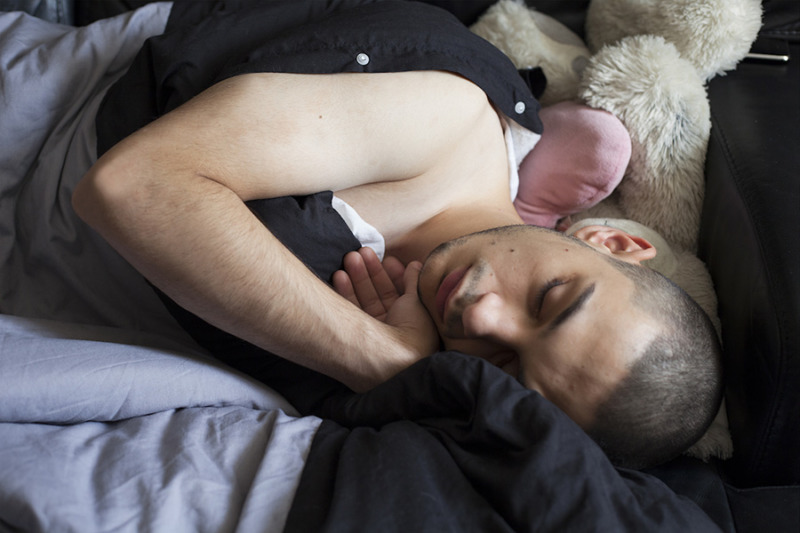
I’m reading Grayson Perry’s The Descent of Man. He talks about how ideas of old masculinity are outdated and explores how rigid masculine roles can destroy men’s lives. Do you think ideas of masculinity are evolving for the better as people become more aware?
The very definition of what it means to be a man has been redefined over the last 30 years, men are having to figure out what their role is in relation to their female counterparts, to resist any sort of male redundancy. In general, I think the working class man has had to go through the biggest change, essentially from the 80’s onwards, it was an incredibly destructive time for British society as a whole.
I think the man’s man is struggling at the moment, his power, the idea of being a ‘traditional’ man has been suppressed and there is a shame attached to being a powerful man. I think it is why we have this fascination with beards and why mixed martial arts is one the fastest growing sports, as men need an outlet to express their primeval urge to celebrate and feel power.
How did the book with MACK come about and what are your hopes for it? Who would you love most to see a copy of the book?
It was through Mark Sealy, Director of Autograph ABP, who knew Michael Mack. I asked Mark if he could make an introduction, he did and it all progressed from there. The hope is that the book will articulate the story I want to tell as well as possible, holding its own in years to come, a legacy if you like. Books have a longer shelf life than shows, and I hope You Get Me? will be just as powerful in years to come and I know working with Michael will endeavour to do this. He sees it as an artist book and this is how we have been designing the work.
I would most love the men I have photographed and connected with over the years to see the book; it is they who have helped me make the work and I have always seen it as a collaboration, so for me it is a way of giving back and sharing a part of my world in the form of a beautiful book. That moment will be a chance to reflect too and see if I have managed to artistically and visually articulate their story.
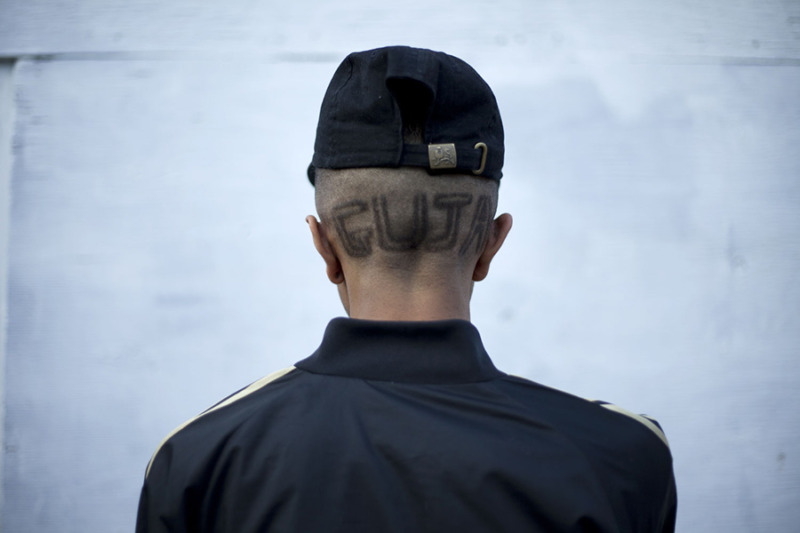
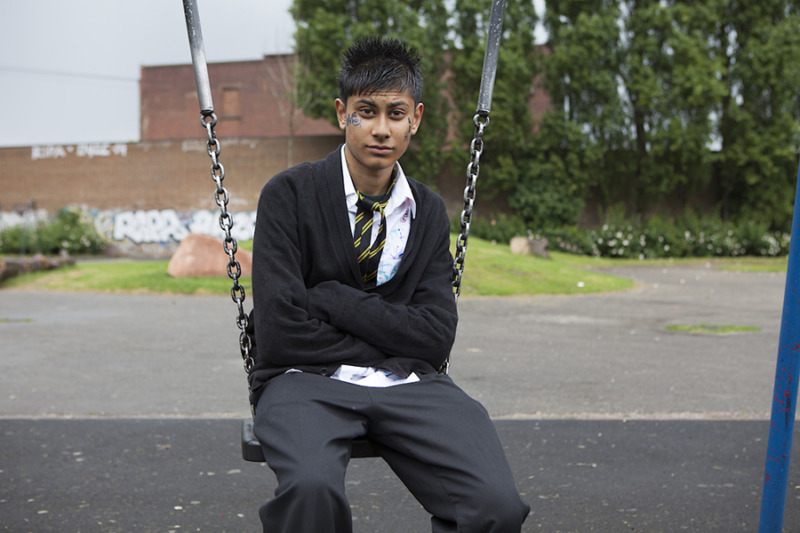
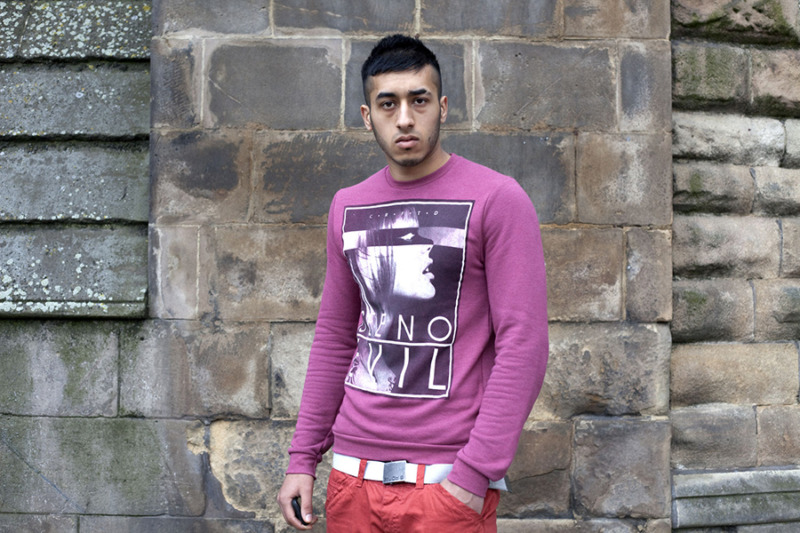
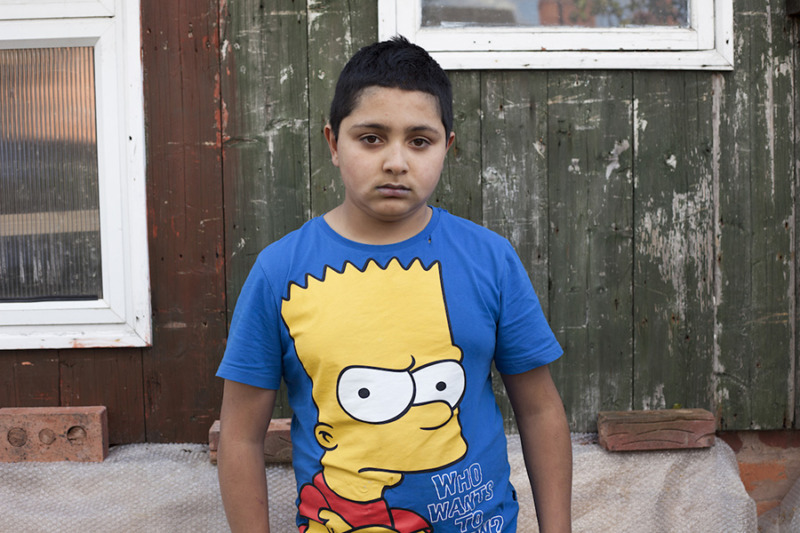
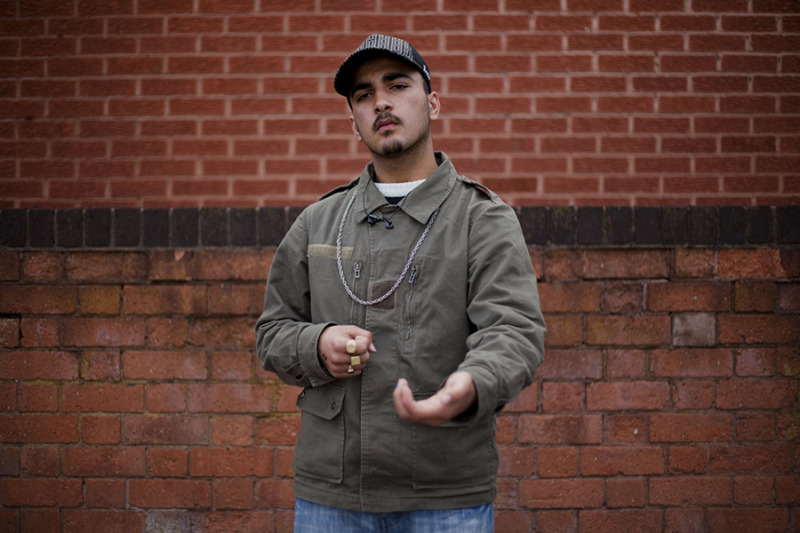
You Get Me? by Mahtab Hussain will be on display at Autograph ABP on 5 May – 1 July, 2017.
The accompanying book will published by MACK in June.
